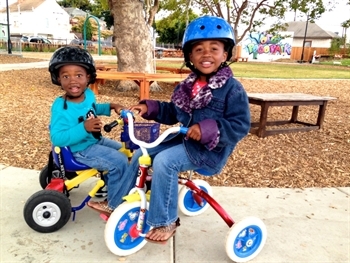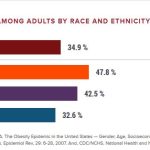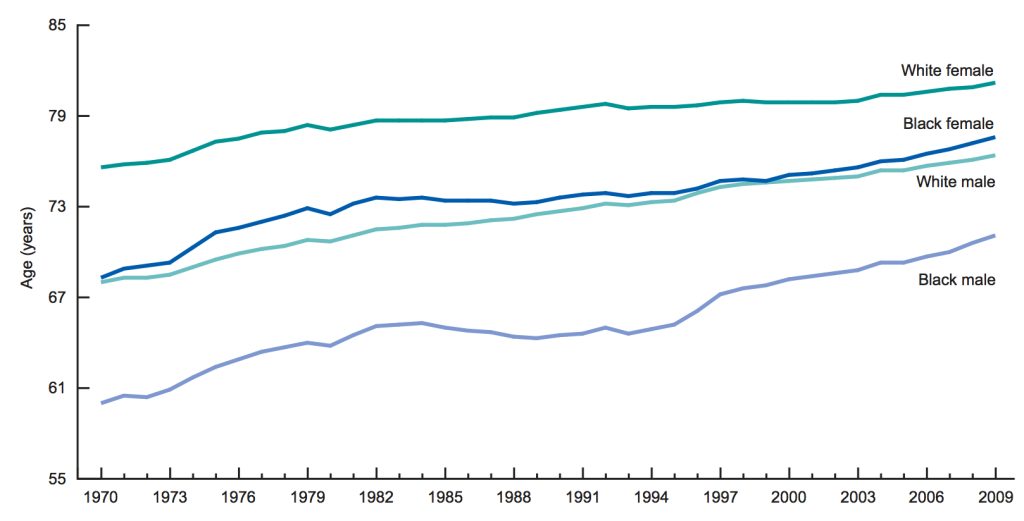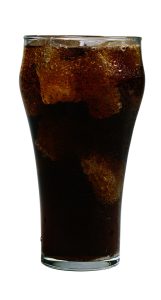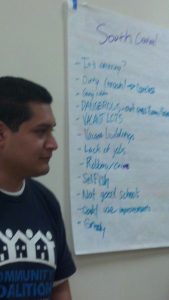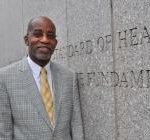 As a once-regular runner, this headline was intriguing to come across: “Running really can keep you young, says CU-Boulder-Humboldt State study.”
As a once-regular runner, this headline was intriguing to come across: “Running really can keep you young, says CU-Boulder-Humboldt State study.”
The gist of the article is that seniors who run regularly also use energy more efficiently while walking, about the same as a typical 20-year-old.
But older people who walk for exercise rather than jog burn about the same energy walking as older, sedentary adults, and expend up to 22 percent more energy walking than the 20-something crowd. The study, led by Humboldt State Professor Justus Ortega, was published online Nov. 20 in the journal PLOS ONE.
“The bottom line is that running keeps you younger, at least in terms of energy efficiency,” said CU-Boulder Associate Professor Rodger Kram of the Department of Integrative Physiology, a co-author on the new study.
The study included 30 healthy volunteers with an average age of 69 who either regularly ran or walked for exercise. The volunteers all had been either walking or running at least three times a week for a minimum of 30 minutes per workout for at least six months.
Kram believes that mitochondria — small bodies found inside individual cells known as the cell “powerhouses” — are involved. Mitochondria generate chemical energy known as adenosine triphosphate (ATP) that powers our muscle fibers to help us move about, lift objects, and, in this case, run. People who work out regularly generally have more mitochondria in their cells, providing more energy to power larger muscles.
Guess I’ll have to get back into the habit.
To read the article, visit www.eurekalert.org/pub_releases/2014-11/uoca-rrc111714.php

